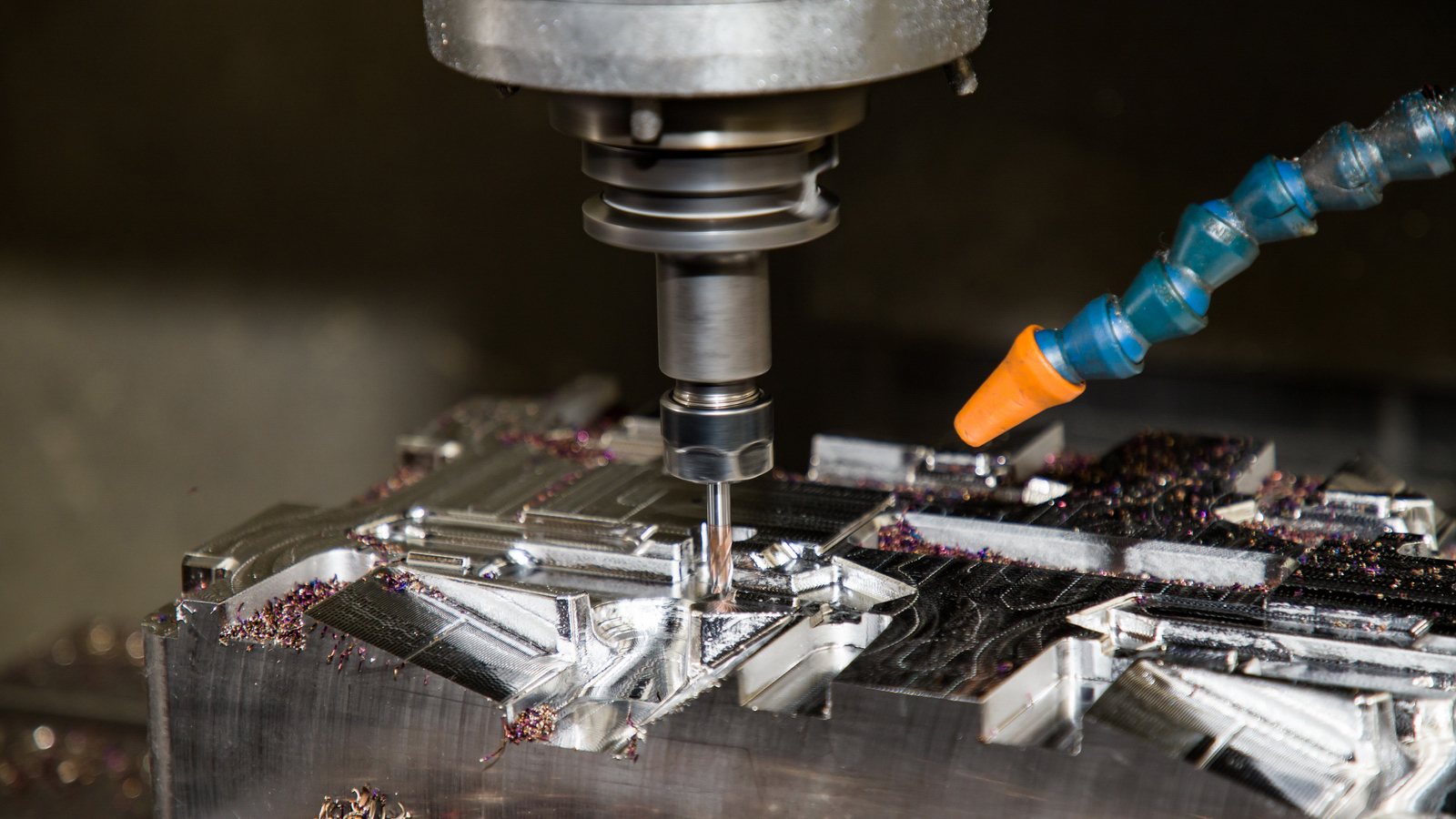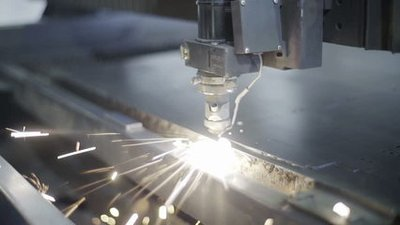3. Process
(1) If the material temperature is too high, causing decomposition, excessive barrel temperature or heating imbalance, the barrel temperature should be reduced section by section The temperature of the feeding section is too high, so that part of the plastic melts prematurely and fills the screw groove, and the air cannot be discharged from the feeding port.
(2) The injection pressure is small and the pressure holding time is short, so that the molten material is not close to the surface of the cavity.
(3) The injection speed is too fast, so that the molten plastic is decomposed by large shear, producing decomposition gas; The injection speed is too slow to fill the cavity in time, resulting in insufficient surface density of the product and crazing.
(4) Insufficient material, too large feeding buffer, too low material temperature or too low mold temperature will affect the flow and forming pressure of molten material and produce bubbles.
(5) Use multi-stage injection to reduce crazing: medium speed injection to fill the runner → slow filling the gate → fast injection → low pressure and slow filling the mold, so that the gas in the mold can be eliminated in time in each section.
(6) When the screw is pre molded, the back pressure is too low and the rotation speed is too high, which makes the screw return too fast, and the air is easy to be pushed to the front end of the barrel with the material.

4. Raw materials
(1) When the raw materials are mixed with different kinds of plastics or a large amount of powder is mixed into the granular materials, it is easy to entrain air when melting, and sometimes crazes will appear. When the raw materials are polluted or contain harmful chips, the raw materials are easy to be decomposed by heating.
(2) The structure of recycled material particles is loose, and the amount of air stored in micropores is large; The regeneration times of recycled materials are too many or the proportion with new materials is too high (generally less than 20%)
(3) The raw materials contain volatile solvents or liquid additives in the raw materials, such as dye aid white oil, lubricant silicone oil, plasticizer dibutyl ester, stabilizer, antistatic agent, etc., which are used too much or mixed unevenly, and enter the mold cavity in an accumulated state to form crazing.
(4) If the plastic has not been dried or absorbed moisture from the atmosphere, the raw materials should be fully dried and a drying hopper should be used.
(5) Some brands of plastics cannot withstand high temperature or long heating time, especially when they contain trace moisture, catalytic cracking reaction may occur. For this kind of plastic, external lubricants such as stearic acid and its salts (up to 50g per 10kg of material) should be considered to reduce its processing temperature as much as possible.
5. Product design
The wall thickness is too thick, and the cooling rate inside and outside is different. During mold manufacturing, the size of main flow channel, shunt channel and gate should be appropriately increased.











